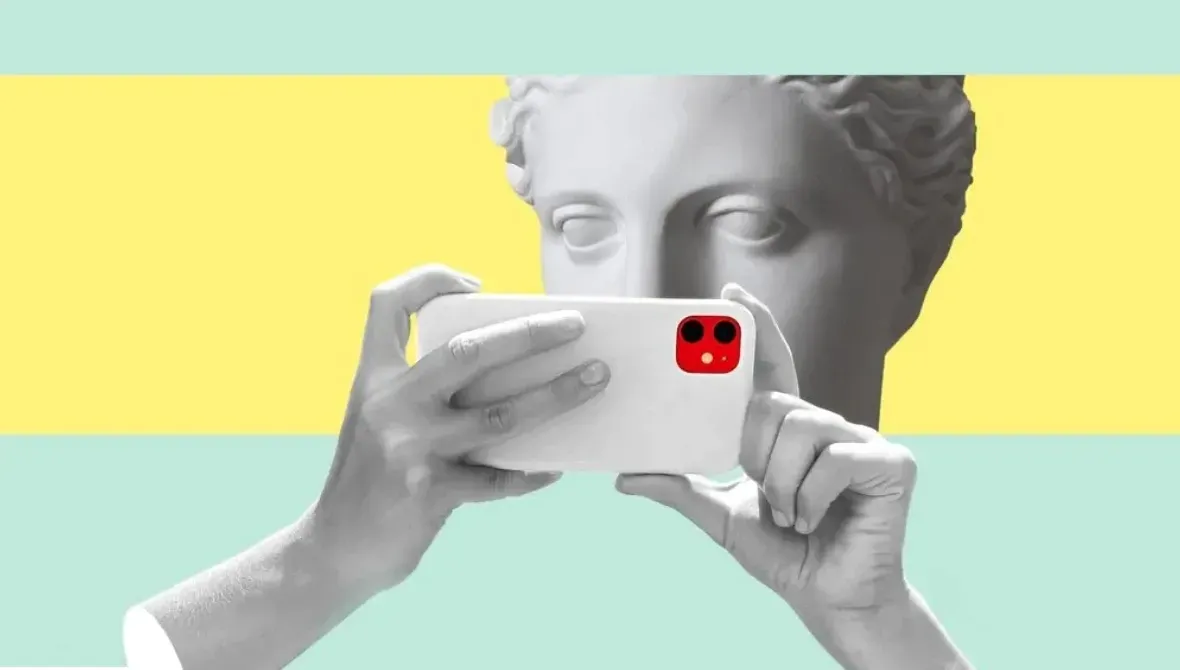Gravitating To The ‘Gram?

“Technological development has significantly impacted the curatorial profession and how the audience perceives them today,” said Sophie Nowakowska, a Masters student at the Royal College of Art (UK) whose dissertation explores the relationship between Instagram and curators’ careers.
Nowakowska said that in the 1960s-70s - when the ideas and context behind artworks became more prominent than the work itself - the role of the curator “changed from standing in the shadow of great artists and institutions into a well-connected professional who sets trends, questions exhibition formats and the ways of experiencing art”.
It meant that curators came to the fore of public perception, and “it was social media which gave curators something that was beyond their reach before – a direct relationship with the audience.”
Just as artists are increasingly building their professional profiles through social media - and predominantly through Instagram - curators have also benefited from this visibility.
Josephine Mead, artist, curator, writer and co-founder of artist-run-initiative MILK told ArtsHub that social media has played a significant role in her career across these different fields of practice.
“Curators – while integral – can often be overlooked.
“I guess one of the powers of social media is its repetition – posts are re-shared and repeated and as a result, when a curator’s (or artist’s) name is listed on a project, it is often listed more than once and shared in different places.
“In the over-saturated world we currently live in, repetition is key to ensuring names and practices are remembered.”
Nowakowska also found this to be one of the advantages, observing that “‘curating’ on social media has a huge impact on the very reason for visiting galleries.”
The growing recognition of curators on social media runs in parallel with people’s desire to share their gallery visits online - from posting photos to location tagging and mentioning artists and curators.
Even for those who can’t physically visit an exhibition, social media creates this connection with art, oftentimes through the lens of curators.
One example is documenta15, currently showing in Kassel, Germany. Nowakowska says: “During the show, the whole world was able to follow how the collectives conducted events or worked with the artists and the audiences due to the curators’ daily presence on Instagram.”
In addition, “social media allows you to engage with art with extreme intimacy,” Nowakowska says. “In the virtual world, there are no disturbing visitors or voices, and you are just a click away from starting a conversation with an artist.”
For Mead, social media profiles are useful visual archives with the potential of acting as a new professional portfolio. It has contributed to her network, as well as helping her find artists to collaborate with for exhibitions and programs.
“One of the benefits of social media platforms, such as Instagram, is their ability to act as a digital archive.
“If an artist/curator/creative uses these platforms to document a variety of their work, projects, programs etc, the viewer is able to quickly get a more holistic sense of their practice.
“Creative practices are often multi-dimensional. It is really valuable when a viewer can get a sense of the different conceptual and technical sides of a practice and to also be able to draw threads and connections between these things.”
But, of course, there are also some downsides in regards to the depths of understanding that could be facilitated on social media.
Mead continues “I guess on the flip-side, while these platforms can be set up to be holistic contextual archives, they can also do the opposite.
“If used sporadically, they may only show small components of a practice/exhibition or project. The project can then be misinterpreted and the viewer may think there are gaps in the conceptual/technical development of the work, if they are only seeing one small aspect,” she concludes.
Originally published by our friends at Artshub Australia,
Written by Celina Lei.